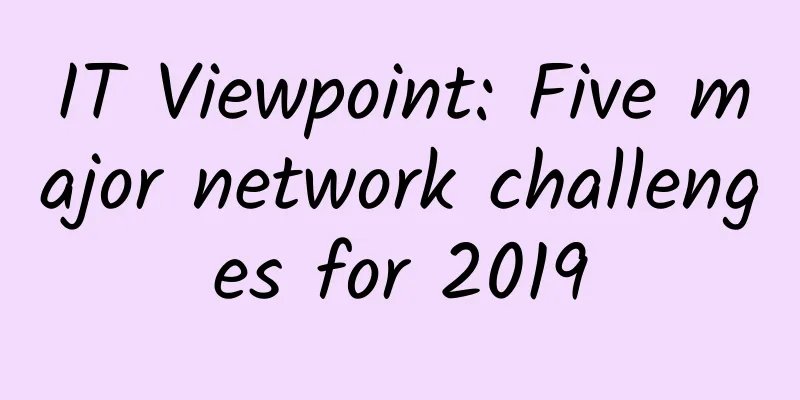ABI Research: LoRa will lead non-cellular LPWA growth in the next five years

|
LoRa will lead the growth of non-cellular low-power wide-area (LPWA) network technologies over the next five years, according to a new report from ABI Research. The study was commissioned by Semtech Corporation and is titled “LoRaWAN and Multi-RAN Architecture to Connect the Next Billion IoT Devices.”
Marc Pegulu, Vice President of IoT Applications in Semtech’s Wireless and Sensing Products Group said:
ABI Research found that LoraWAN is the leading license-free technology for LPWA networks in IoT vertical markets including metering, cities, asset tracking and logistics, commercial building automation and home. The white paper examines active LoRaWAN network implementations based on a multi-RAN architecture from five different companies:
Pegulu continued: “The future of IoT connectivity requires flexible solutions that can address a wide variety of vertical IoT applications, use cases and device types.” ABI Research believes that LoRa will not only continue to play a vital role in LPWA networks; it will lead growth over the next five years. The report highlights four key points:
|
<<: Verizon installs 5G equipment outside homeowners' homes, sparking complaints
Recommend
Hundreds of millions of "5G users" have subscribed to packages but have not yet accessed the Internet
The penetration rates of 5G packages for China Te...
"Small body but great wisdom" Huawei helps Wanyang digitalize small and micro parks
[51CTO.com original article] How many "chara...
Average tariffs to drop by another 10%. Senior management has given operators another task target! Are you ready?
At this year's two sessions, the top leadersh...
Traffic "roaming" fees will be cancelled on July 1st. The three major operators are working overtime to promote it
The timetable for canceling data roaming charges ...
New home routers must support IPv6, the Ministry of Industry and Information Technology has issued a document
According to the website of the Ministry of Indus...
Operators hijacked the system and even changed Json
Operator hijacking is a common tactic used by thi...
Network | How to design a billion-level API gateway?
The API gateway can be seen as the entrance for t...
Big news! The three major operators jointly released the "5G Message White Paper"
This article is reproduced from Leiphone.com. If ...
Wireless charging has three constraints on market demand
Wireless charging technology has been around for ...
Mobile phone signal enhancement stickers are hot-selling, experts: The principle is not valid, and there is no obvious enhancement in actual measurement
Just stick a metal sticker on the "effective...
The three major operators made 457 million yuan a day in the first three quarters! How much did you contribute?
On the evening of the 22nd, China Telecom disclos...
5G technology has already approached the Shannon limit, what else can 6G do?
On May 17, China Unicom and ZTE Corporation signe...
LTE vs. 5G: What’s the difference?
For years, it seemed like the hype about 5G would...
Say goodbye to manual inspections, automation makes network device management more efficient
In modern network architecture, the health of net...
Aruba and China Telecom Global form strategic partnership to help Chinese companies expand overseas
Aruba, a subsidiary of Hewlett Packard Enterprise...









